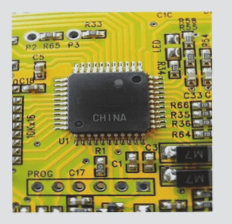The Importance of PCBA Testing in PCB Assembly
The PCBA test is a crucial step in the PCB assembly process, ensuring the integrity and quality of the final product. By adhering to strict testing regulations, manufacturers can enhance accuracy and reliability, ultimately improving customer satisfaction.
Main Test Fixtures for PCBA Production
- ICT Test: This test focuses on evaluating PCB circuit boards and components, checking parameters like voltage, current values, and noise levels.
- FCT Test: After production, the FCT test involves burning programs into ICs and conducting functional simulations to detect hardware and software issues promptly.
- Fatigue Test: Evaluates the durability of PCBA by subjecting samples to high-frequency operations to determine the circuit board’s endurance before failure.
- Aging Test: Involves continuously powering the product to observe failures, ensuring product reliability before mass production.
- Extreme Conditions Test: Assess product performance under harsh conditions like temperature, humidity, and vibration, crucial for specialized applications.
PCBA Cleaning Inspection
After cleaning, visual inspection is crucial to ensure product cleanliness. Specialized testing equipment and methods are used for high-reliability products, focusing on ion pollution and surface insulation resistance.
Cleanliness Standards
- Ion Pollution Degree: References standards like MIL28809 or ANSI/J-001B to assess ion pollution in SMT chip processing plants.
- Surface Insulation Resistance (SIR): Measures SIR using a comb circuit, ensuring SIR ≥ 10^10 ohms for reliability.
Inspection After PCBA Cleaning
Inspection methods align with product cleanliness requirements, using instruments like an Omega (Ω) meter to assess contamination levels and surface insulation resistance.
Overall, thorough PCBA testing and cleaning processes are essential for maintaining product quality, reliability, and customer satisfaction.

